For a lot of us, the very idea of walking up to a stranger on the street and taking a picture of them is enough to bring on a cold sweat. But no other subject you encounter will bring home the wonder and charm of a far-flung place like the portraits of the people who live there. Even if you don’t speak the language, often a smile or a simple nod at your camera will get you permission. A camera can sometimes help to break the ice, but a smile usually leads the way.
A busy marketplace is a great location for spotting craftspeople at work.The Best Opportunities
The best way to find interesting faces and characters is simply to wander where the local people gather–marketplaces, city squares and parks. Seek out the places where people work, where they walk and where they hang out — and you’ll likely get your best shots…and don’t just wait outside the door of that funky restaurant or bar…go inside, make some friends and get into the action.

Opportunities to capture those images can’t always be planned or staged. In fact, the most serendipitous moments of travel frequently occur when you meet someone along the road and your camera catches something totally unexpected.
In these situations, working unobtrusively is often the only alternative, as subjects come and go so quickly. A moderately long lens, 80-200mm zoom will enable you to remain at an inconspicuous distance, but do remember there is a fine line between working politely from afar and appearing sneaky. If you are perceived as the latter, you will invite more suspicion than cooperation. If you are spotted by your subject, simply smile and turn the camera away, or better yet, seize the opportunity to start a conversation, in which you can ask him or her to pose. When I do pose the subject, I often find them to be rather stiff and formal, and generally the first shot is my preferred one. However it makes me feel better that I have asked permission, even if I eventually use the candid shot.
Keep your eyes open and your camera handy for shooting colorful figures such as this one.Do I Pony Up?
Many times people will ask for some type of remuneration for having their photo taken. I usually bring a stack of one-dollar bills, however pens, pencils, crayons and small mirrors also work. I strongly believe that subjects are entitled to reimbursement, although some foreign governments frown on it and look at it as begging behavior. I feel quite differently. Why should these folks give us their time and their images for free when in our country we pay our models handsomely? I have continued this practice and have never been hassled by authorities, but I leave this to your own discretion.
Some locations will charge a photographer’s fee for taking photos that allows you to move freely within a designated area to take pictures of whatever or whomever you choose. I found this to be a common practice in Africa. I paid a small fee which entitled me to walk freely through the village, taking pictures at will.
In many areas in Africa, paying a photographer’s fee allows you to shoot throughout the location.Be Informed
Before traveling, invest time in researching the customs and photography mores of the places you will visit. Remember there are places in the world where taking someone’s picture is taboo, and in some cultures the people believe you are stealing their soul. Respect others beliefs.
Customs vary not only by country, but by region and religion as well. In many Asian countries photographing three people at the same time, in the same photo, is considered very rude. The belief is that one of the three people, mainly the one in the center, will soon die. Another Asian taboo refers to taking photos of fish while they are next to a person, which is thought to bring bad luck.
Photographing a woman’s face may be taboo in some countries, but in others it is quite acceptable.In many, if not all, Islamic countries you may not take a photo of any religious artifact or engraved image, as this is strictly prohibited in the Koran. In both Asian and Islamic countries it is quite rude and insensitive to photograph the bottom of anyone’s feet, since the soles of your feet and your shoes are always stepping on the lowest and most unclean things possible. Photographing the faces of Islamic women, particularly if they are unaccompanied, is strongly discouraged. In some mosques you are able to take photographs after obtaining permission, and only then of very limited portions of the mosque. You can rest assured that a constant security detail will be shadowing you every step of the way.
In many South American countries taking photographs of dead people is viewed as rude and insensitive. The belief states that the soul of the deceased will be trapped in the photo and will be unable to reach heaven. Similar customs abound in Asiatic countries. Buddhist countries do not allow photographs to be taken of any religious sites, buildings or images, nor of worshipers. Doing so can result in a brisk beating or scolding.
Always ask permission before shooting members of African tribes.In some parts of Africa, tribal customs prevent you from taking photographs without asking first and will usually require a token of gratitude; a small gift or a trade. With some tribes you must first become an honorary member, go through a ceremony and only then will you be allowed to photograph. In some parts of the globe, take a photo of a man’s possession, like a camel, and you’ll end up paying more for taking the photograph than if you had just bought the camel!
There are some parts of the world where you are not looked upon kindly if you happen to photograph anyone wearing a costume, specifically if a mask is involved and it happens to be of a monster, or with religious undertones, such as the devil. The belief is that the soul of that person can become trapped within the spirit of the character or assume evil traits associated with the figure.
Countries like Thailand have strict policies against photographing political personnel. In almost all countries, under no circumstances, should you take photographs of military vehicles and facilities, that is, unless you like having automatic rifles shoved in your face by angry soldiers. Do not think that a Western passport gives you the freedom to take photos of whatsoever you wish, and it would also be an error to have the impression that the Embassy or Consulate of your country will be able to help you out of a potential international incident.
Children make good photographic subjects, such as this young Thai boy.Like in the United States, Canada and most of Europe, photographing children without the parent’s permission is frowned upon. Photographing any child without clothing, no matter how innocent the photo might be, is strictly prohibited.
The safest practice is to conduct thorough research on the location you are planning to visit, and to learn about as many local customs as possible. Many travel centers and tourist destinations have personnel that will assist you with this.
If you find yourself with the opportunity to take a good photograph, but are unsure if it is allowed or if local customs permit it, then simply ask politely. If you are told that you cannot take the shot, then by all means do not take it. Missing a photogenic opportunity is definitely less traumatic than having your equipment confiscated and destroyed, or worse, being thrown into jail. Keep in mind that you’re not in Kansas anymore. Just as you expect foreigners to respect the laws and customs of your country, so are you expected to do the same in their countries.
Always respect the rights of those who do not wish to be photographed. I had permission from the subject of this portrait as well as his parents.Don’t Behave Like the Paparazzi
Nothing turns people off more than on overly intrusive photographer in their face. It can be frightening. Few people, ourselves included, like to be photographed and even less so when we are not at our best. Around the world is no different. Treat others as you would want them to treat you. Be polite. Learn a few phrases of their language. It is almost always appreciated, even when the pronunciation is abominable and in fact it can even bring on the smiles you may be looking for in your portraits. If your subjects are pleased with your images, you may have their friends and relatives coming over to have their pictures taken as well.
Gain Trust
There are no hard and fast rules for shooting images of people, but there are a few basic rules worth following.
- Take your eye out of the viewfinder and make eye contact.
- Spend time with your subjects to gain their trust.
- Be warm, polite and respectful of traditions.
- Give people a sense of participation by allowing them to look through your lens or by allowing them to view the LCD screen. The immediacy of the images produced by digital cameras has been of great benefit in this respect.
Posing Your Subject
When posing a person for a portrait, frame the scene tightly to take in the head and shoulders. Don’t automatically encourage people to smile, but allow them to be shy and pensive or curious. Portraits look best when the background is simple or out of focus, casting the background into a soft non-intrusive blur. It can camouflage cluttered backgrounds where you cannot move the subject. Remember, it is often easier to move the subject than to move the background. If the background is something that is representative, like a landmark or something which symbolizes the location, include it in the photograph, but use enough blur to keep it from being too strong and overpowering.

One way to make your subjects look more relaxed and act naturally is to let them be more comfortable. Rather than standing them in front of the Paris Opera House, let them sit on the steps chatting. Pose them in a doorway or on a park bench. Sitting or leaning on something gives people something to do with their arms and hands and makes them feel less self-conscious. Kids particularly are better subjects when they are involved in some other activity.
It is very difficult to pose a group of people and have them look relaxed and happy. Don’t just line up the subjects; try to have a more natural pose and let them roost naturally, for example, seated around a fountain in a square enjoying the water or on a grassy hillside having a picnic. Keep the mood informal to help get the group to lighten up, even if you have to make a silly joke.
Subjects in their workplaces, such as this Turkish shoe shine, can make for interesting photos.Great Posing Locations
Photographing people at work provides an intimate glimpse into what real life is around the world. Often these environmental images of people at work identify destinations, sometimes more graphically than landmarks or scenery. Nothing describes life in Maine more than a photograph of a lobsterman unloading his day’s catch. Also, asking people about their work is an excellent way to build a photographic rapport, as most people are proud of the work that they do. Hang around long enough for the subject to become engrossed in their work. Another advantage when photographing people working is that you have built-in props. Holding a tool or product makes people less self-conscious and solves the problem of what to do with their hands.
The marketplace can be a fruitful place (excuse the pun) to catch people going about their daily business. Big cities or small town, few corners of the world are without a thriving produce or arts and crafts market operating at least one day a week. In many rural places, the marketplace is the highlight of weekly life. Colorful crafts and interesting interactions among people are everywhere. If you want to make a new friend and garner a photo opt, I suggest you buy something. The grateful entrepreneur will then hold up every item he or she has for sale, including his prize chicken, for you to photograph.
Festivals and celebrations often feature local people in colorful and unusual native clothing.Parades, festivals and ceremonies are other places to grab good travel photos. They not only infuse your images with a splash of excitement, color and culture, but there is generally a friendly atmosphere as people are out for a good time. Be sure to photograph onlookers, particularly children, as they delight in the festivities.
When shooting candids on the street, look for angles that best tell the story. For example, shooting from behind musicians will not only give you the photo of the musicians as your subject but will enable you to show the crowd enjoying the concert as well.
Hints for the Working Photographer
Always work quickly with a minimum of gear, as even the friendliest of subjects will lose patience if you fuss too much with equipment. Fancy equipment can be intimidating; if possible use available light as nothing kills spontaneity quite like the blast of an electronic flash. Crank up your ISO so you can shoot people in surprisingly dim conditions. When this will not work and you need to use flash, use a diffuser to cut down on the harshness both in your image and to the subject.
Capturing memorable portraits and arresting images can be the reward for being respectful and informed about native customs.Keep Promises
Lastly, I believe promises should be kept. Most photographers promise to send their subject a photo and few ever do. Do so whenever possible. It has many benefits. Firstly the subject is more likely to be amiable to the next photographer who comes along. But most importantly the subject will be most pleased to receive it. In poorer countries cameras are beyond the means of most, and in many countries the people have no historical pictorial documentation of their family members. You can give them that in return for sharing with you a small glimpse into their world.
About the author: Eileen Maris Cohen is the official photographer for the Symphony Orchestra Association, the Moderator for the Venice Camera Club, a teacher/lecturer at New College in Sarasota, Florida, and the winner of several local, regional, and national photography competitions. A resident of Florida, she is also an avid environmentalist, combining a passion for photography with a love of wildlife.
Have something to add to the story? Leave a comment or email editor@outdoorphotographyguide.com.

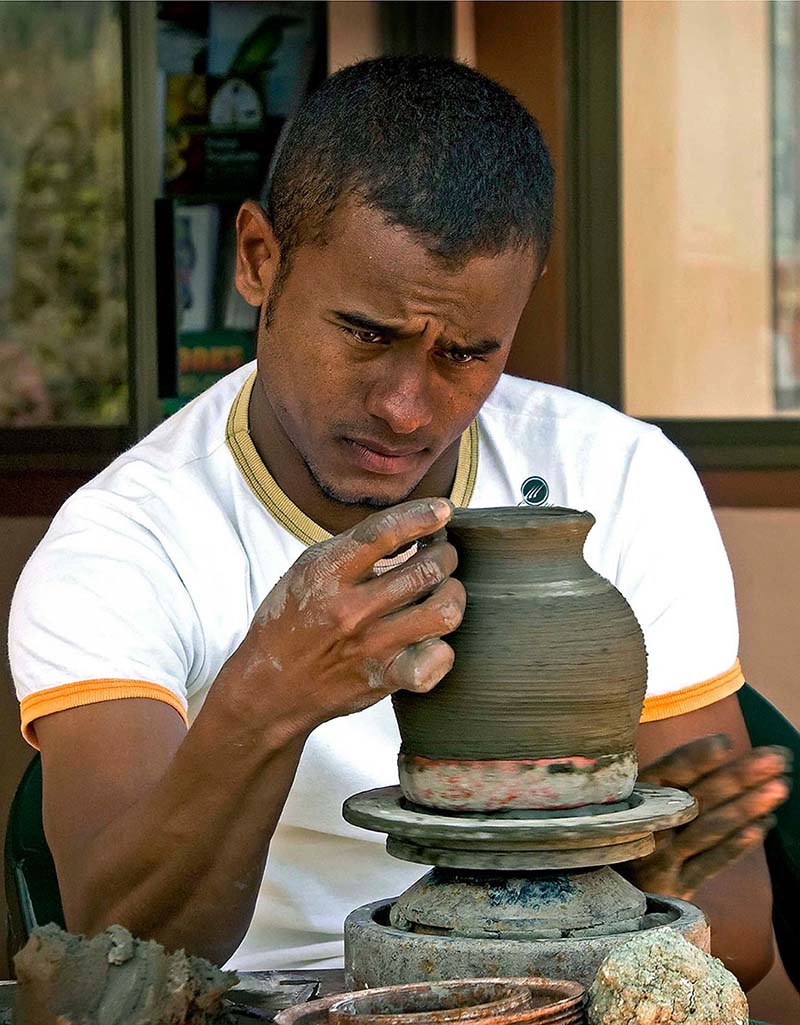
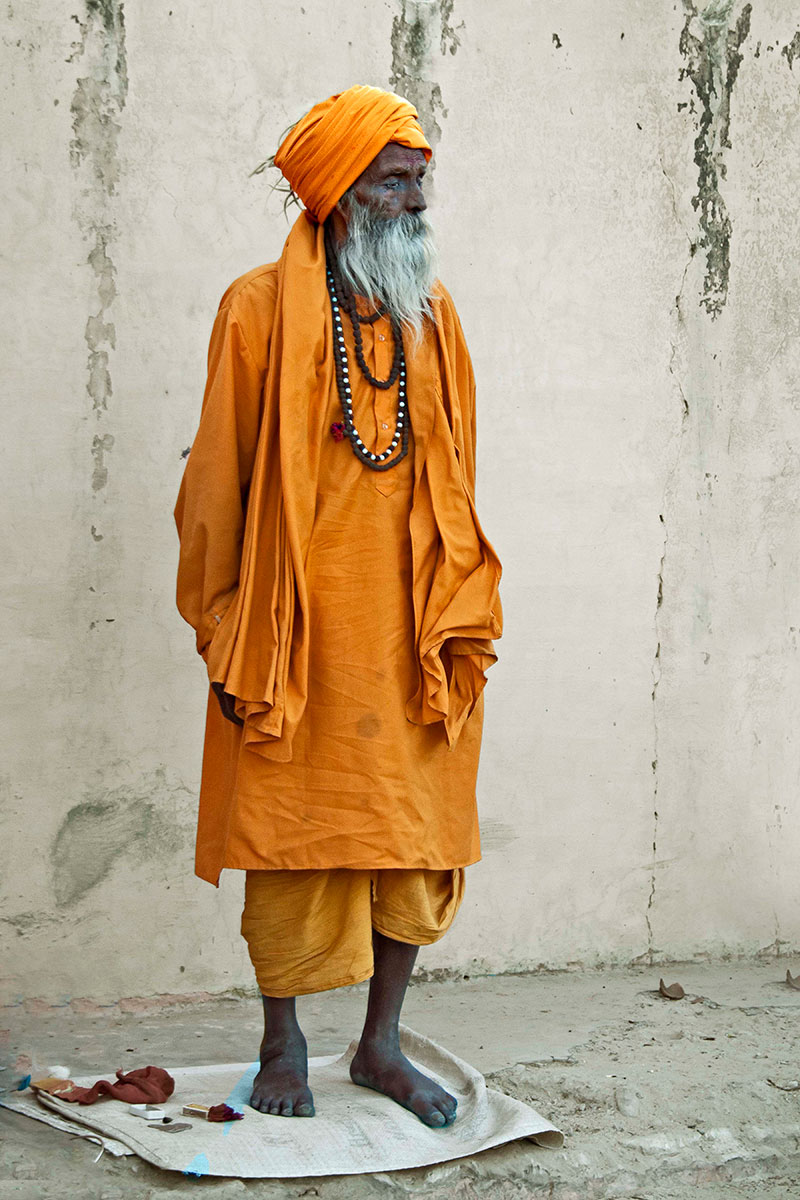
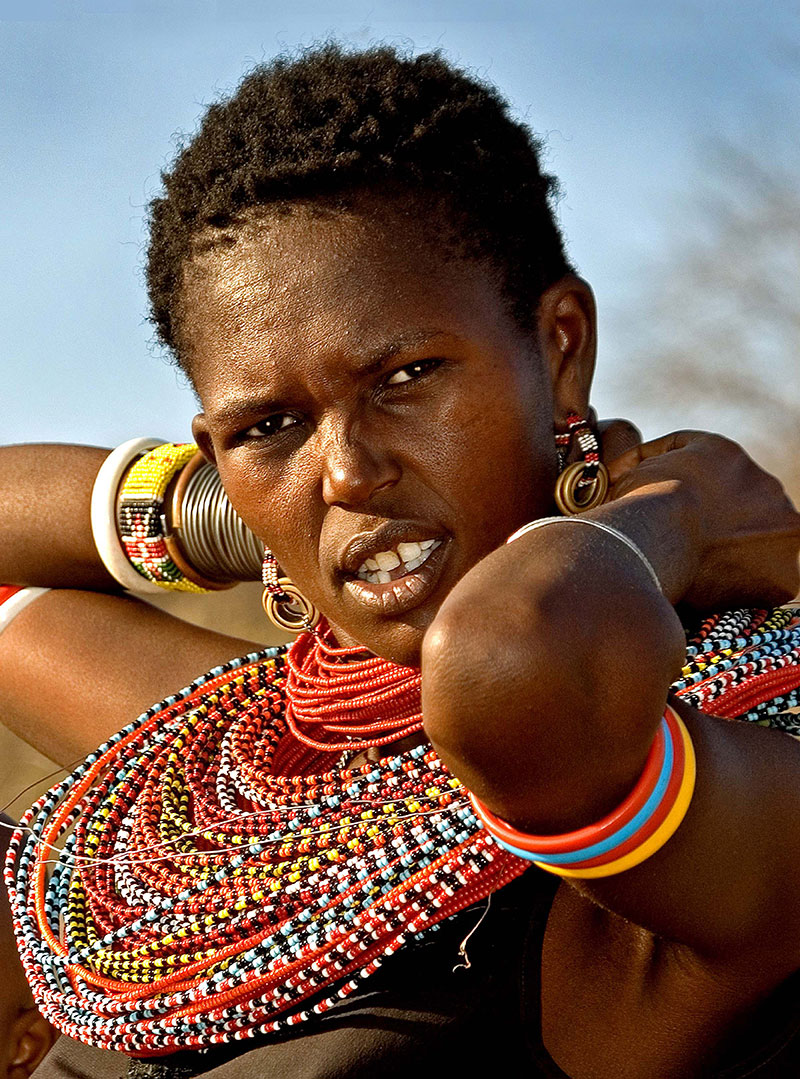
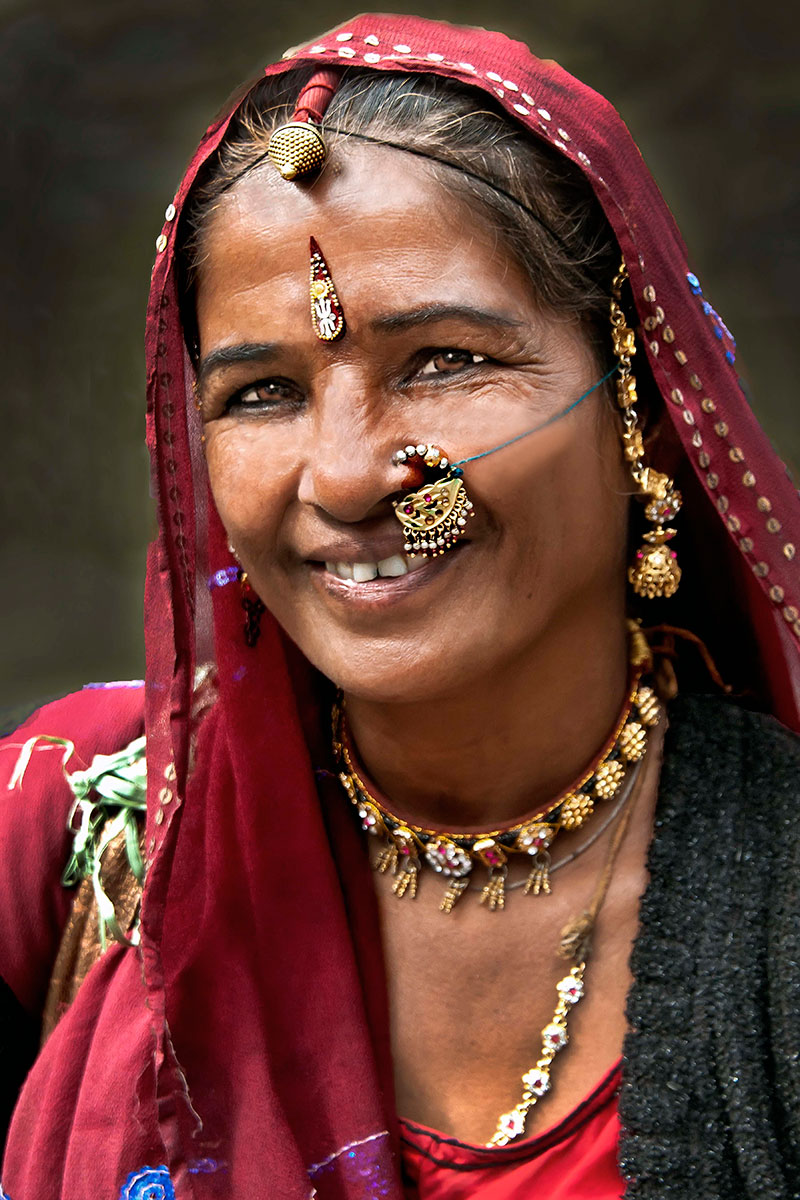


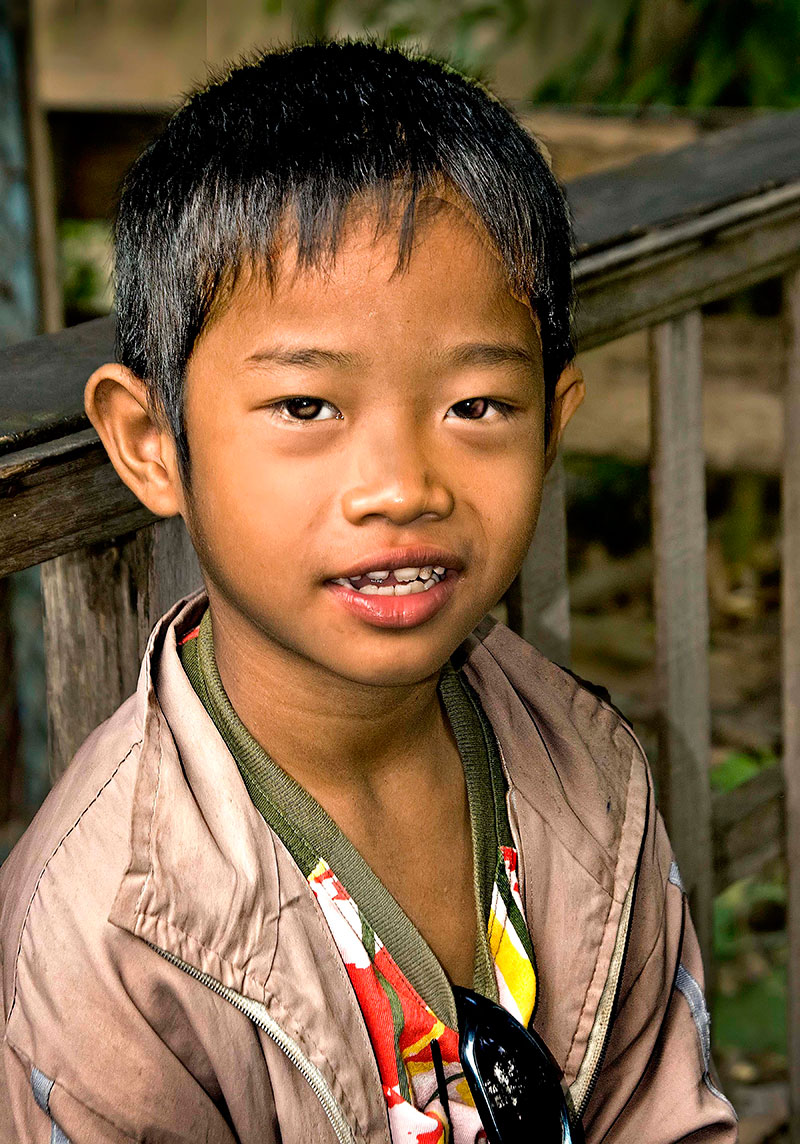
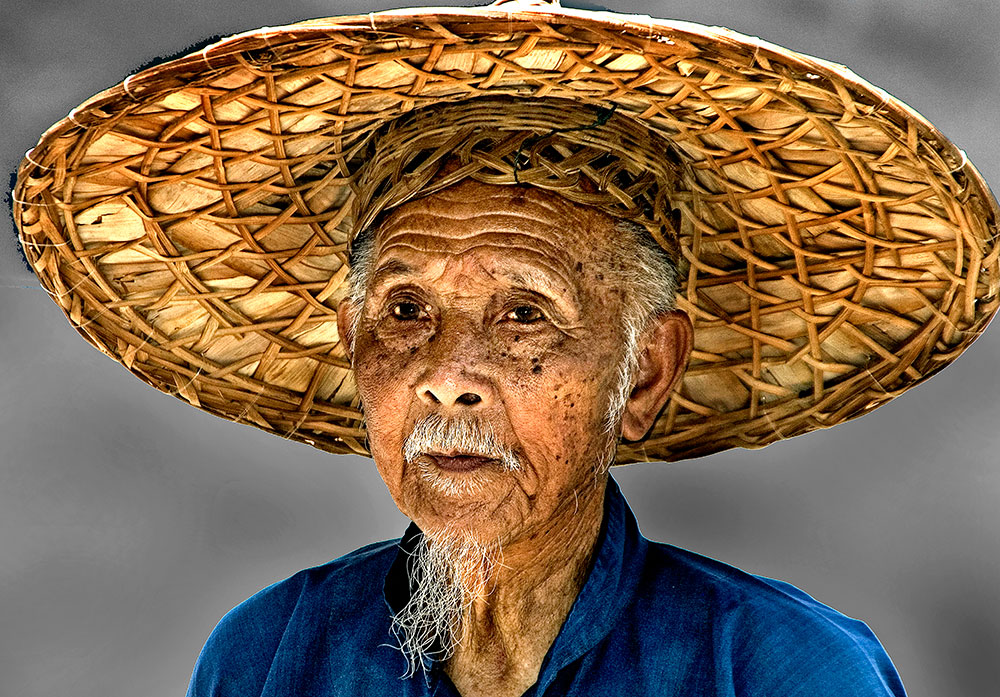
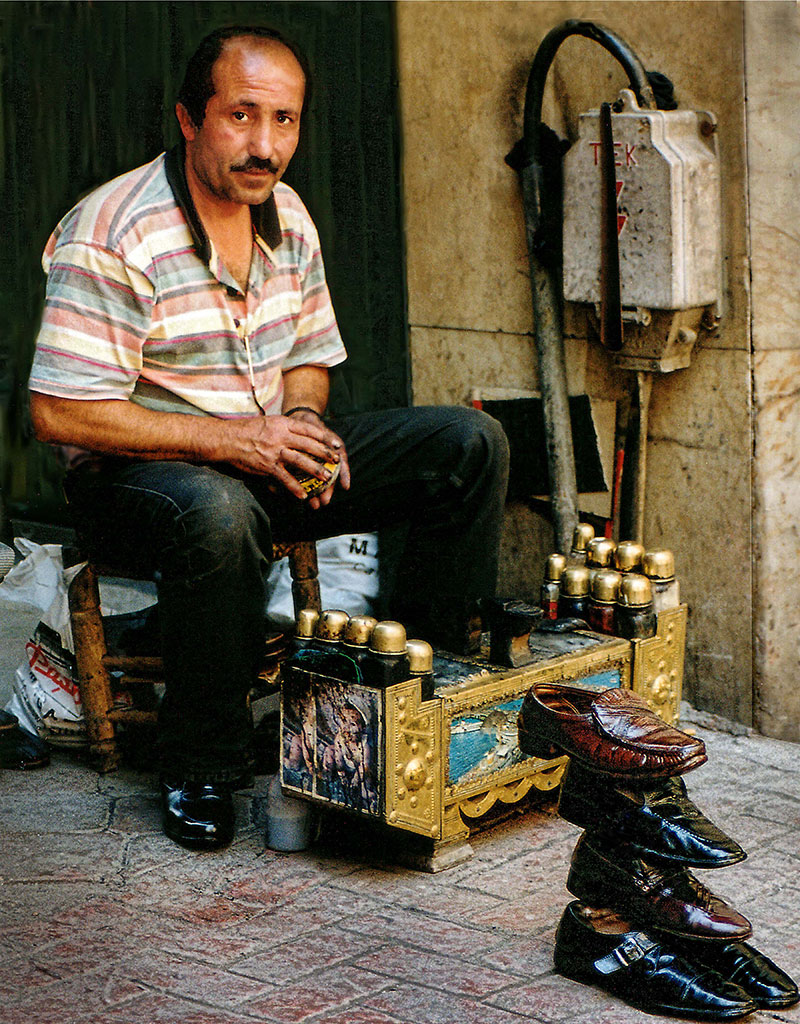


Rest article, a lot of practical advise to. I am a outdoor photographer on the Hampshire coast U.K. I specialise in coastal, and candid documentary of old trades such as boat building and sailing
I like what you wrote! Your suggestions on researching the norms of the places that you are about to go to are great! I have taken many pictures when I traveled through Puerto Rico, Central America, China, Southeast Asia & other places Some places in those countries were a little bit more hesitant to have their pictures taken due to what you said about their soul. Before I went to China, I read an article about taking a Polaroid & give pictures interesting subjects, especially children. I did just that & after I gave them their pictures, in each situation, I was able to take more pictures freely. Thank you for your article! Your suggestions on researching the norms of the places that you are about to go to are great! I was a Peace Corps in Costa Rica & lived with various families. I was trained in Puerto Rico & lived with a family with two teenage girls. Since 1970 & up to this day, we have a very good "sibling" relationship because I respected their way of life & adjusted to the norms. I have taken many pictures when I traveled through Puerto Rico, Central America, China, Southeast Asia & other places Some places in those countries were a little bit more hesitant to have their pictures taken due to what you said about their soul. Before I went to China, I read an article about taking a Polaroid & give pictures interesting subjects, especially children. I did just that & after I gave them their pictures, in each situation, I was able to take more pictures freely. Thank you for your article! M
I have sometimes traveled with other photographers. Often at photo-ops (both planned & spontaneous) the "main" subjects/models attract almost everyone's attention. I've found indigenous bystanders/observers are often more interesting subjects. It's sort of the "always the bridesmaid, but never the bride" situation. Those subjects (often less than gorgeous females) seem to truly enjoy the attention & are willing subjects. Friendly, great smiles, willing to pose, etc.
Thank you for your article concerning photographing people and subjects in different cultures around the world. Very interesting and informative.
Very good tips here and I have learnt alot. The only nit is perhaps the post-processing of the young Thai boy holding flowers...I mean it really really should have been redone or looked at closely.